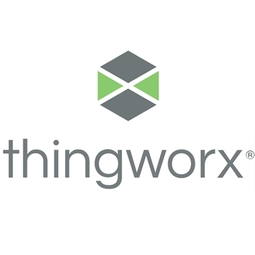Leveraging the IoT to Gain a Competitive Edge in International Competition

- Analytics & Modeling - Predictive Analytics
- Functional Applications - Remote Monitoring & Control Systems
- Platform as a Service (PaaS) - Application Development Platforms
- Sensors - Temperature Sensors
- Sensors - Voltage Sensors
- Electronics
- Maintenance
- Predictive Maintenance
Many large manufacturers in and outside Japan are competing for larger market share in the same space, expecting a growing demand for projectors in the areas of entertainment, which requires glamor and strong visual performance as well as digital signage that can attract people’s attention. “It is becoming more and more difficult to differentiate ourselves with stand-alone hardware products,” says Kazuyuki Kitagawa, Director of Service & Support at Panasonic AVC Networks. “In order for Panasonic to grow market share and overall business, it is essential for us to develop solutions that deliver significant added value.” Panasonic believes projection failure and quality deterioration should never happen. This is what and has driven them to make their projectors IoT-enabled. More specifically, Panasonic has developed a system that collects data from projectors, visualizes detailed operational statuses, and predicts issues and address them before failure occurs. Their projectors are embedded with a variety of sensors that measure power supply, voltage, video input/ output signals, intake/exhaust air temperatures, cooling fan operations, and light bulb operating time. These sensors have been used to make the projector more intelligent, automatically suspending operation when the temperature rises excessively, and automatically switching light bulbs. Although this was a great first step, Panasonic projectors were still not equipped with any capability to send the data over a network.
Project data is gathered in the cloud and displayed on large screens at Panasonic Operation Centers in Japan and Europe. They developed proprietary algorithms to monitor the data, so that if the system detects an indication of a potential failure based on sensor readings like intake/exhaust air temperatures, it looks into the lead-time of arranging necessary spare parts, gives an alert automatically, and sends an email to maintenance staff with details of the alert and expected timing of the failure. This remote monitoring system was developed based on Nippon Systemware’s “Toami” IoT platform which is powered by PTC’s ThingWorx. To get a free demo of ThingWorx 8: http://solutions.iotone.com/thingworx
Related Case Studies.











